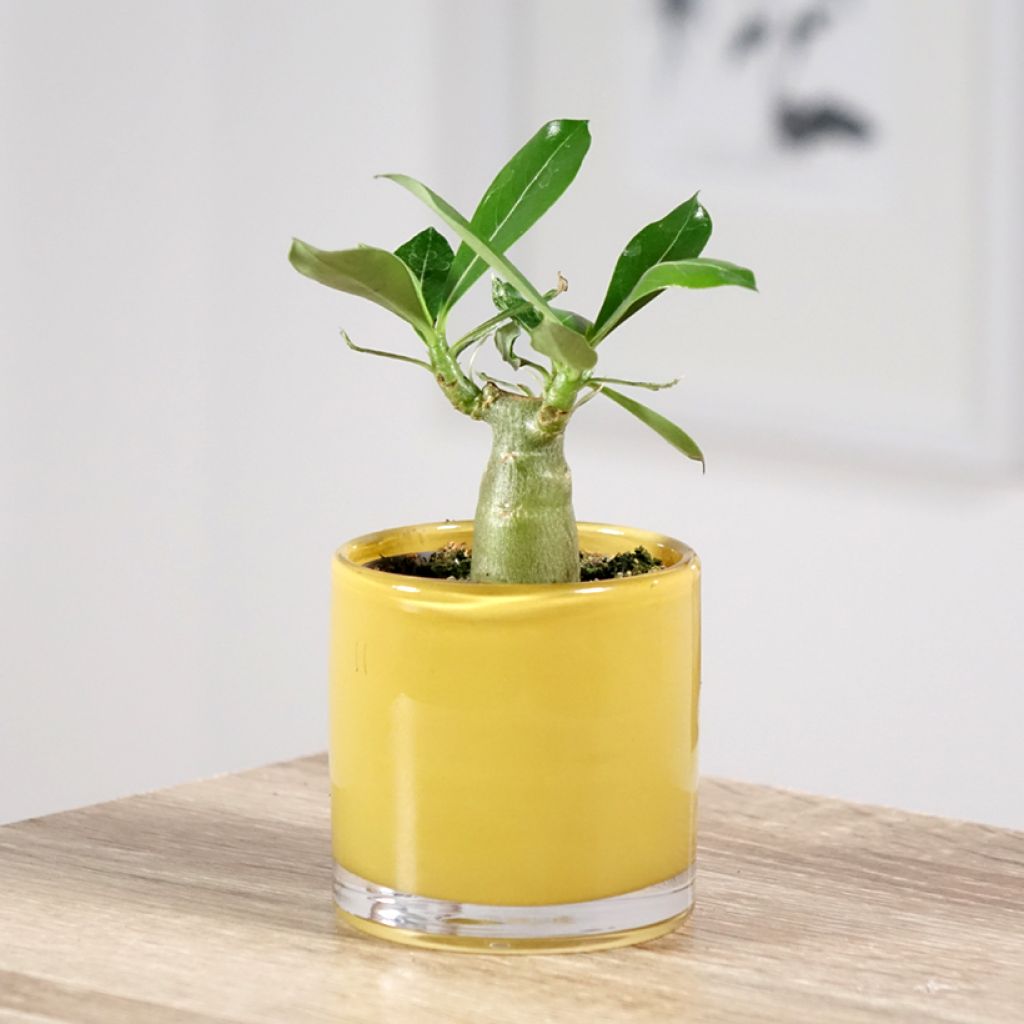

Rosa del desierto - Adenium obesum


Rosa del desierto - Adenium obesum
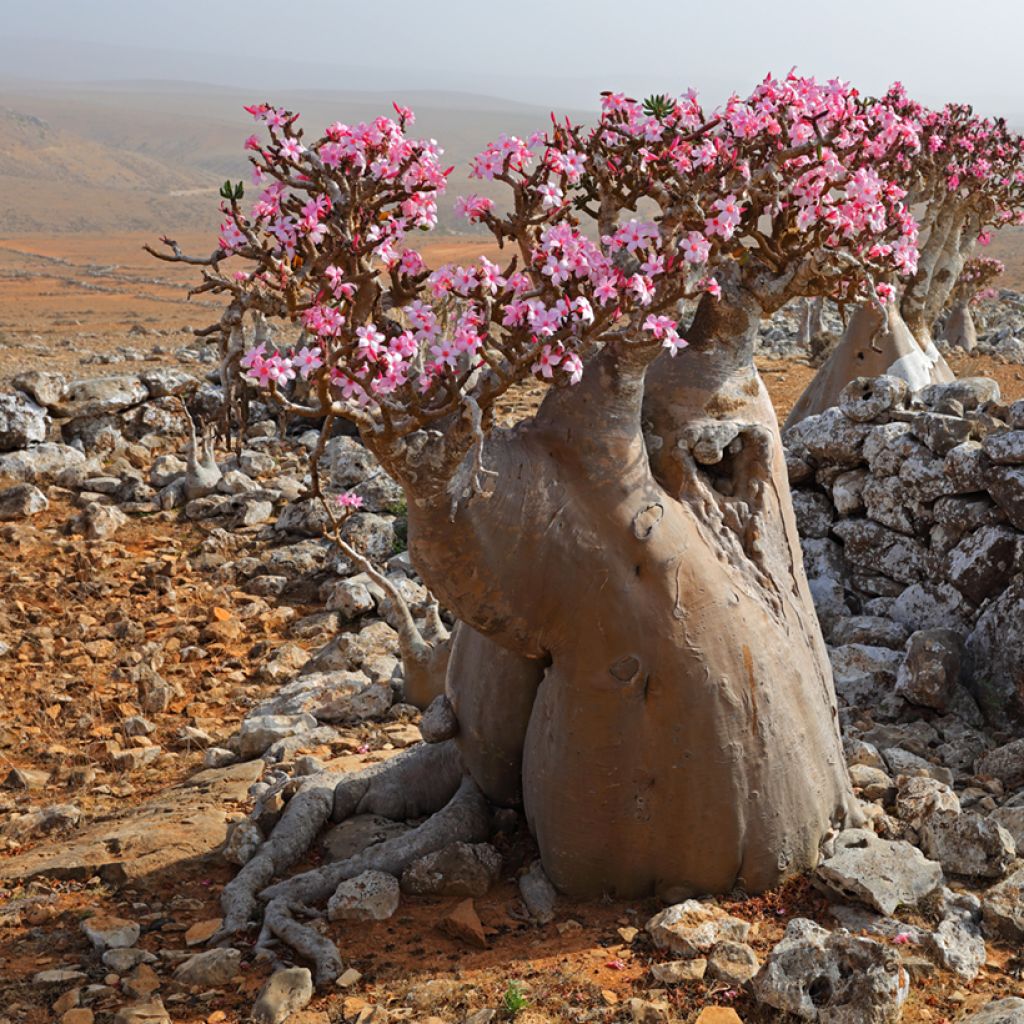

Rosa del desierto - Adenium obesum


Rosa del desierto - Adenium obesum
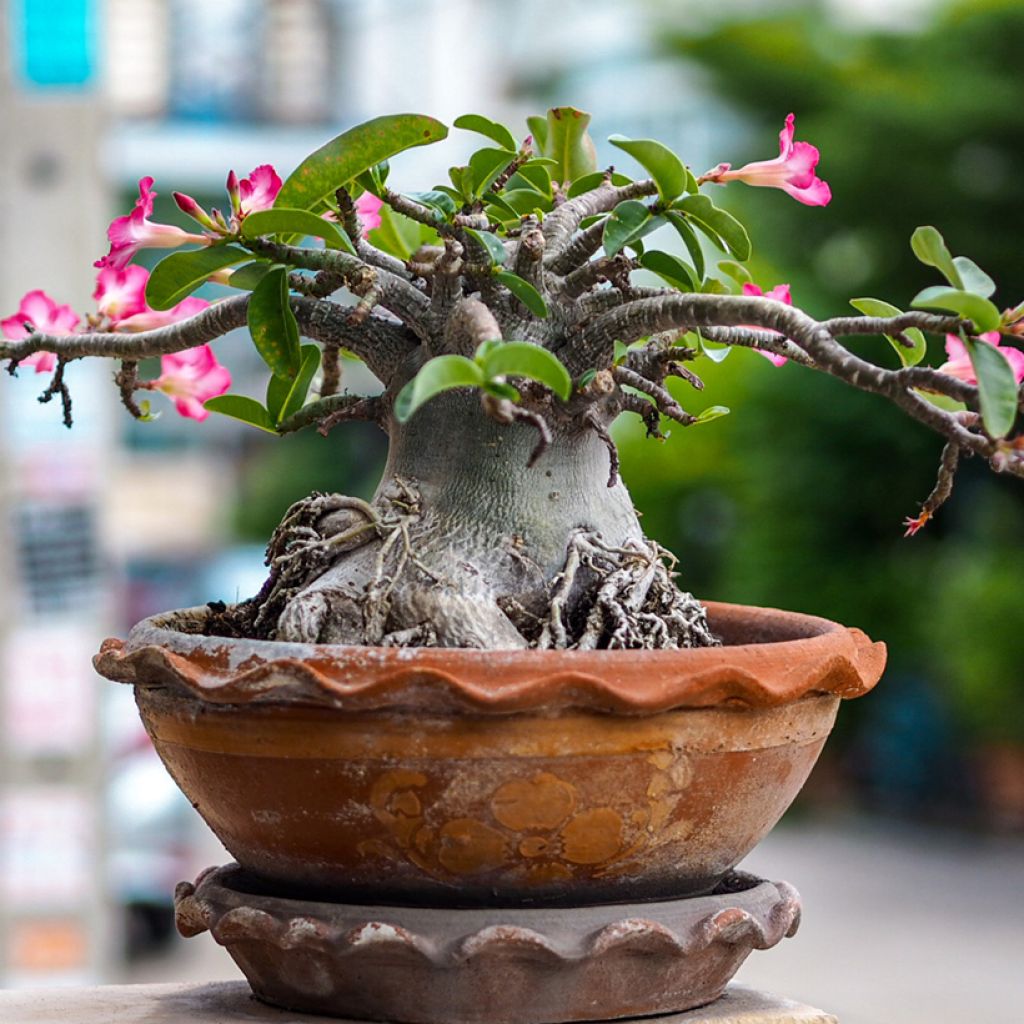

Rosa del desierto - Adenium obesum
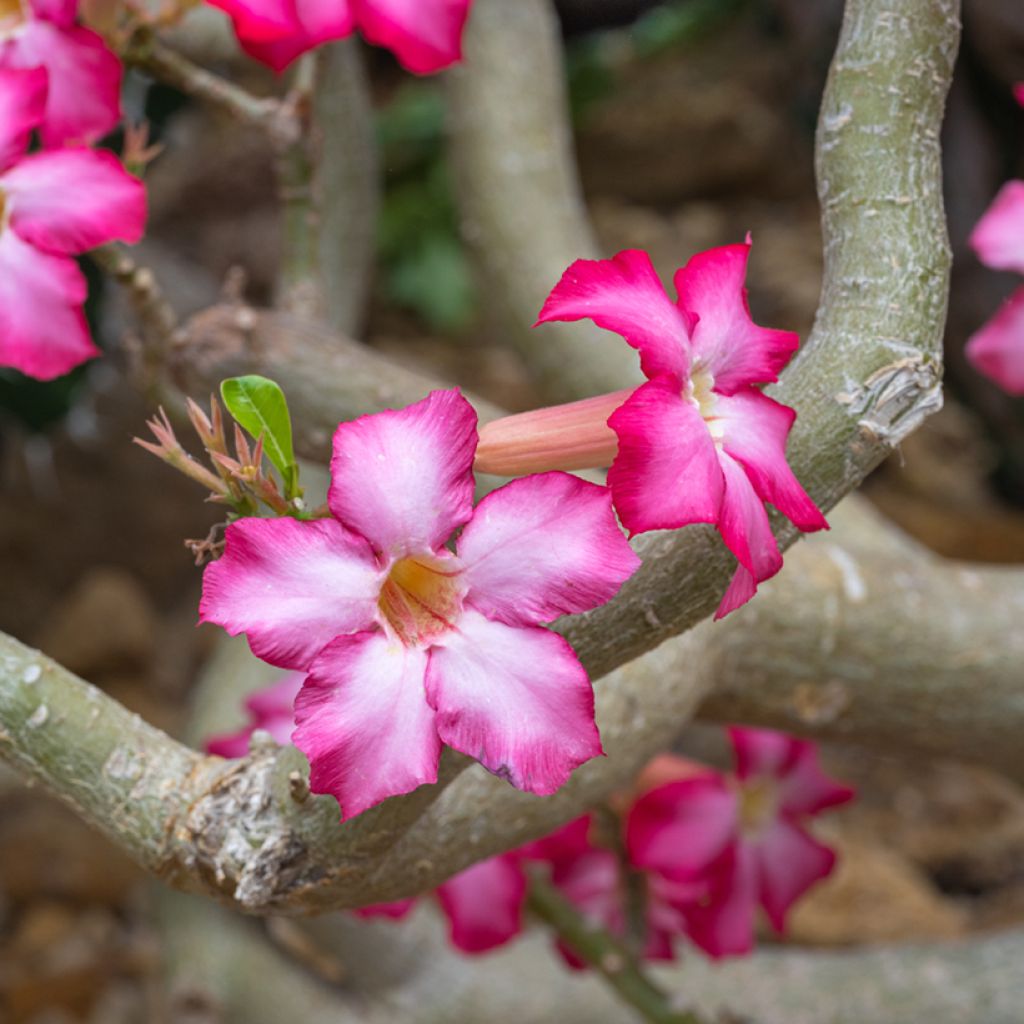

Rosa del desierto - Adenium obesum
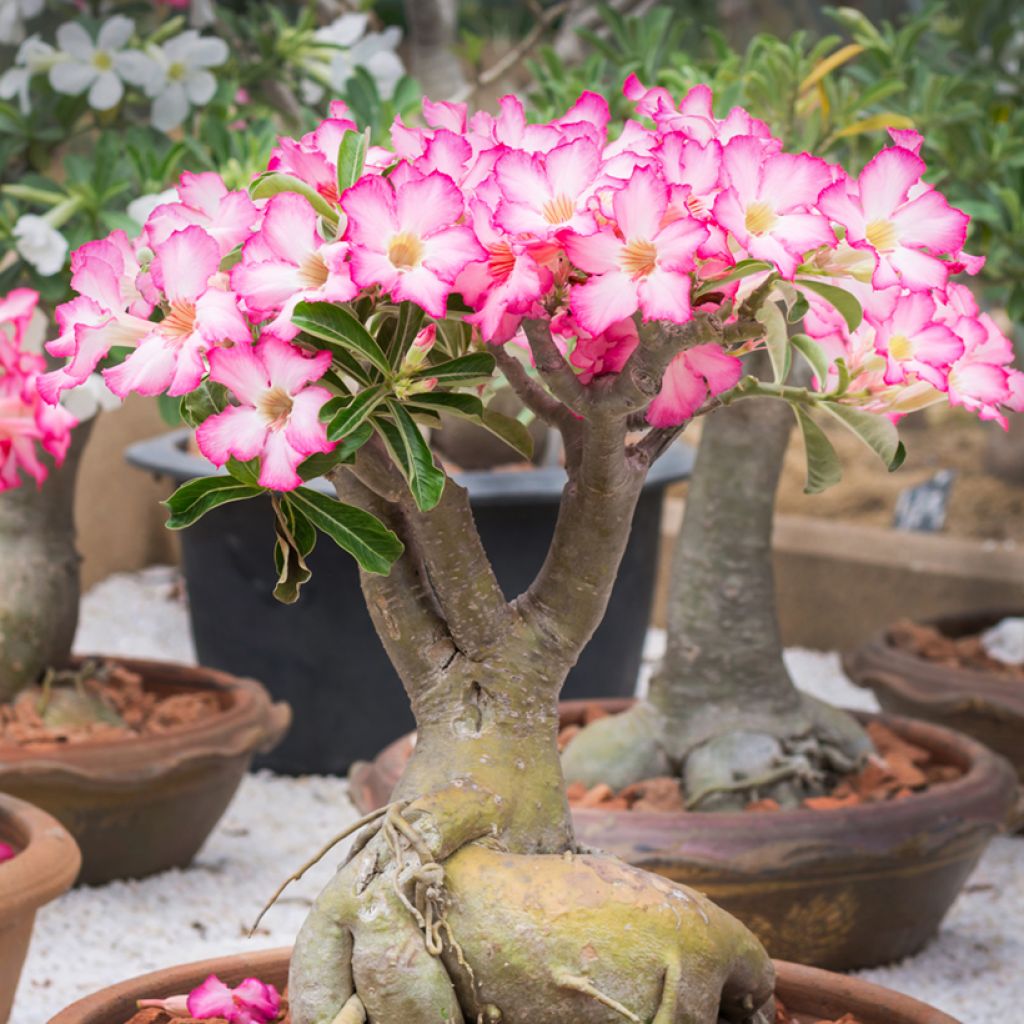

Rosa del desierto - Adenium obesum
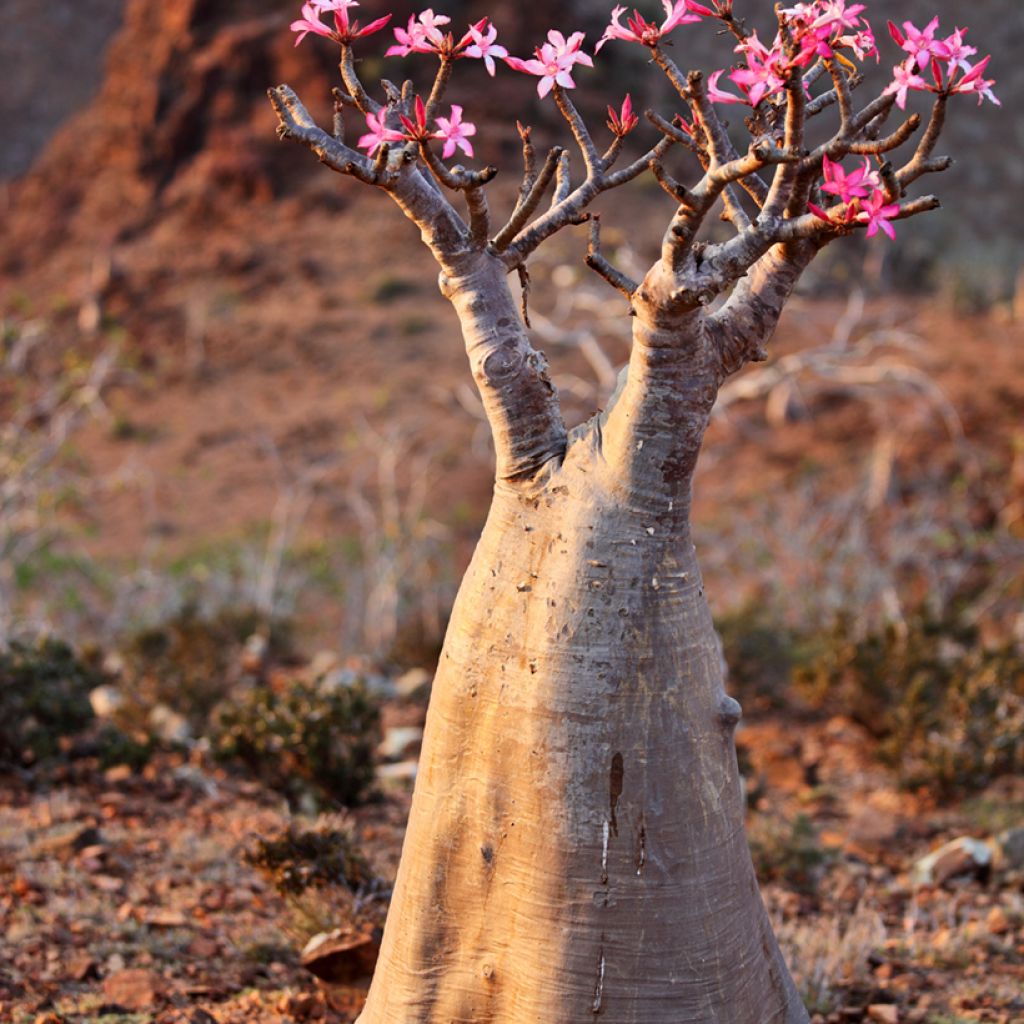

Rosa del desierto - Adenium obesum
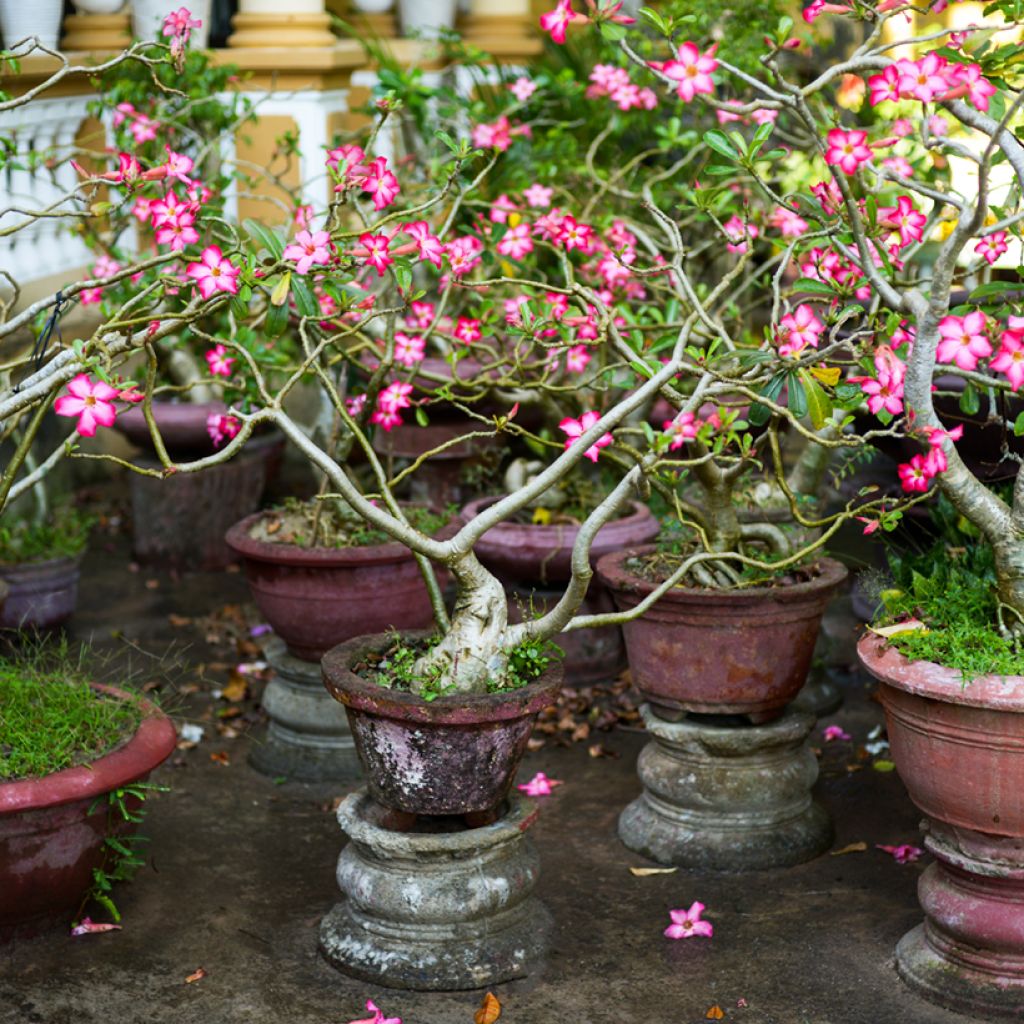

Rosa del desierto - Adenium obesum


Rosa del desierto - Adenium obesum
Rosa del desierto - Adenium obesum
Adenium obesum
Rosa del desierto
This item cannot be shipped to the selected country
Delivery charge from 6,90 €
More information
Shipping country:
-
-
-
-
-
-
-
-
-
-
-
-
-
-
-
-
-
-
-
-
-
-
-
-
-
-
-
-
-
-
-
-
Schedule delivery date,
and select date in basket
This plant carries a 30 days recovery warranty
More information
We guarantee the quality of our plants for a full growing cycle, and will replace at our expense any plant that fails to recover under normal climatic and planting conditions.
From 7,90 € for pickup delivery and 6,90 € for home delivery
Express home delivery from 8,90 €.
Description
Adenium obesum, commonly known as the Desert Rose, is a sought-after houseplant prized for its highly exotic appearance and beautiful flowering. Its swollen trunk resembles that of a small baobab, and its bright pink or red flowers evoke those of the oleander. For optimal growth, place it in a very bright spot, ideally in full sun, and ensure the substrate is perfectly drained to avoid excess moisture. Moderate watering, allowing the soil to dry out between waterings, is essential to maintain its health. In winter, reduce watering and keep the plant completely dry in December and January.
Adenium obesum belongs to the Apocynaceae family, making it a cousin of the oleander and periwinkle. This succulent plant is characterised by its swollen trunk, called a caudex, which serves as a water reserve, and its short, thick branches. Its growth is slow, around 20 cm per year. The Desert Rose reaches a height of 50 to 60 cm indoors, though in its natural habitat, it can exceed 2 m. The leaves, arranged spirally at the ends of the shoots, are oval, glossy, dark green in colour, measuring 5 to 15 cm long. The spectacular flowering occurs mainly in summer. It consists of trumpet-shaped, 5 to 6 cm diameter flowers, in hues ranging from pink to red, sometimes white. Native to the arid regions of East and Southern Africa, as well as the Arabian Peninsula, Adenium obesum has adapted to desert environments, characterised by very well-drained, poor soils and intense sunlight. In its natural habitat, this species grows on rocky and sandy terrain, enduring prolonged drought thanks to its fleshy caudex, which stores water during the rainy season.
When grown indoors, the Desert Rose requires a very bright position, ideally in full sun, to encourage growth and flowering. It prefers a stable room temperature and does not tolerate temperatures below 10°C well. A well-draining substrate is essential, composed of a mix of potting soil and sand, to prevent excess moisture that could lead to root rot. Watering should be very sparing, allowing the substrate to dry out completely between waterings, and significantly reduced during winter. Be aware that the sap of the Adenium obesum is toxic if ingested. It contains alkaloids which are dangerous for humans and pets; it is therefore advisable to handle it with care and keep it out of reach of children and animals. The plant's foliage is deciduous in its natural habitat or when growing conditions are unfavourable (lack of light, low temperatures, winter dormancy). However, indoors, under optimal conditions with stable temperatures and good light, it may behave as semi-evergreen, retaining some of its leaves year-round.
Adenium obesum will enhance a bright interior or a sun-drenched conservatory. With its sculptural appearance, it becomes the centrepiece in a modern living room, office, or even a bohemian-style dining room. Place it in a minimalist ceramic pot or a textured container to accentuate its exotic and elegant character. Desert Rose can be showcased alongside other plants with similar needs. Pair it, for example, with a Crassula ovata 'Minor' (Jade Tree) and a Euphorbia milii (Crown of Thorns), whose small colourful flowers and elegant silhouette perfectly complement the forms of Adenium obesum. These hardy, low-maintenance plants will create a sophisticated trio in a bright room or conservatory.
Report an error about the product description
Rosa del desierto - Adenium obesum in pictures




Foliage
Plant habit
Flowering
Botanical data
Adenium
obesum
Apocynaceae
Rosa del desierto
East Africa, Middle East
Safety measures
Location
Location
Maintenance and care
Potting advice, substrates and fertilisers
Houseplant care
Disease and pest advice
Maintenance and care
This item has not been reviewed yet - be the first to leave a review about it.
Haven't found what you were looking for?
Hardiness is the lowest winter temperature a plant can endure without suffering serious damage or even dying. However, hardiness is affected by location (a sheltered area, such as a patio), protection (winter cover) and soil type (hardiness is improved by well-drained soil).

Photo Sharing Terms & Conditions
In order to encourage gardeners to interact and share their experiences, Promesse de fleurs offers various media enabling content to be uploaded onto its Site - in particular via the ‘Photo sharing’ module.
The User agrees to refrain from:
- Posting any content that is illegal, prejudicial, insulting, racist, inciteful to hatred, revisionist, contrary to public decency, that infringes on privacy or on the privacy rights of third parties, in particular the publicity rights of persons and goods, intellectual property rights, or the right to privacy.
- Submitting content on behalf of a third party;
- Impersonate the identity of a third party and/or publish any personal information about a third party;
In general, the User undertakes to refrain from any unethical behaviour.
All Content (in particular text, comments, files, images, photos, videos, creative works, etc.), which may be subject to property or intellectual property rights, image or other private rights, shall remain the property of the User, subject to the limited rights granted by the terms of the licence granted by Promesse de fleurs as stated below. Users are at liberty to publish or not to publish such Content on the Site, notably via the ‘Photo Sharing’ facility, and accept that this Content shall be made public and freely accessible, notably on the Internet.
Users further acknowledge, undertake to have ,and guarantee that they hold all necessary rights and permissions to publish such material on the Site, in particular with regard to the legislation in force pertaining to any privacy, property, intellectual property, image, or contractual rights, or rights of any other nature. By publishing such Content on the Site, Users acknowledge accepting full liability as publishers of the Content within the meaning of the law, and grant Promesse de fleurs, free of charge, an inclusive, worldwide licence for the said Content for the entire duration of its publication, including all reproduction, representation, up/downloading, displaying, performing, transmission, and storage rights.
Users also grant permission for their name to be linked to the Content and accept that this link may not always be made available.
By engaging in posting material, Users consent to their Content becoming automatically accessible on the Internet, in particular on other sites and/or blogs and/or web pages of the Promesse de fleurs site, including in particular social pages and the Promesse de fleurs catalogue.
Users may secure the removal of entrusted content free of charge by issuing a simple request via our contact form.
The flowering period indicated on our website applies to countries and regions located in USDA zone 8 (France, the United Kingdom, Ireland, the Netherlands, etc.)
It will vary according to where you live:
- In zones 9 to 10 (Italy, Spain, Greece, etc.), flowering will occur about 2 to 4 weeks earlier.
- In zones 6 to 7 (Germany, Poland, Slovenia, and lower mountainous regions), flowering will be delayed by 2 to 3 weeks.
- In zone 5 (Central Europe, Scandinavia), blooming will be delayed by 3 to 5 weeks.
In temperate climates, pruning of spring-flowering shrubs (forsythia, spireas, etc.) should be done just after flowering.
Pruning of summer-flowering shrubs (Indian Lilac, Perovskia, etc.) can be done in winter or spring.
In cold regions as well as with frost-sensitive plants, avoid pruning too early when severe frosts may still occur.
The planting period indicated on our website applies to countries and regions located in USDA zone 8 (France, United Kingdom, Ireland, Netherlands).
It will vary according to where you live:
- In Mediterranean zones (Marseille, Madrid, Milan, etc.), autumn and winter are the best planting periods.
- In continental zones (Strasbourg, Munich, Vienna, etc.), delay planting by 2 to 3 weeks in spring and bring it forward by 2 to 4 weeks in autumn.
- In mountainous regions (the Alps, Pyrenees, Carpathians, etc.), it is best to plant in late spring (May-June) or late summer (August-September).
The harvesting period indicated on our website applies to countries and regions in USDA zone 8 (France, England, Ireland, the Netherlands).
In colder areas (Scandinavia, Poland, Austria...) fruit and vegetable harvests are likely to be delayed by 3-4 weeks.
In warmer areas (Italy, Spain, Greece, etc.), harvesting will probably take place earlier, depending on weather conditions.
The sowing periods indicated on our website apply to countries and regions within USDA Zone 8 (France, UK, Ireland, Netherlands).
In colder areas (Scandinavia, Poland, Austria...), delay any outdoor sowing by 3-4 weeks, or sow under glass.
In warmer climes (Italy, Spain, Greece, etc.), bring outdoor sowing forward by a few weeks.
































